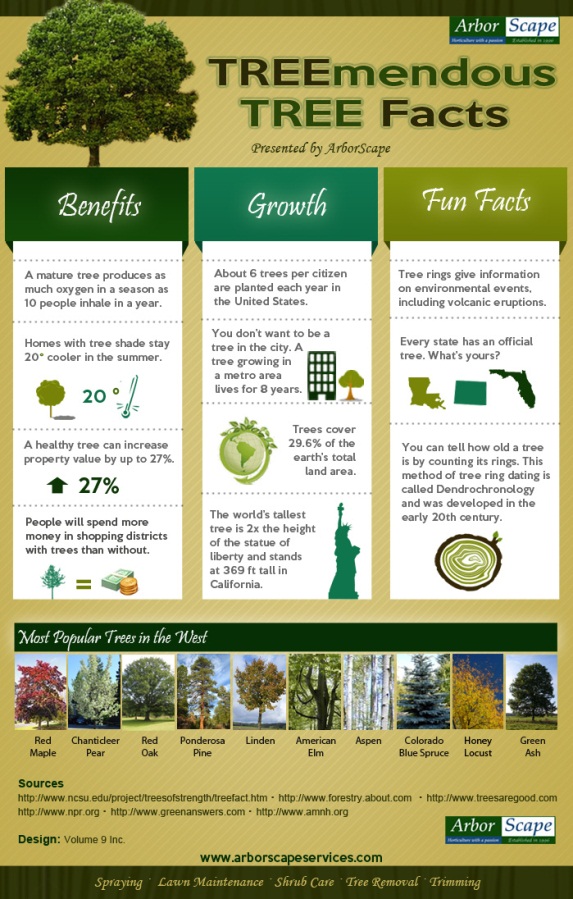Post-Tree Removal Treatment: Reliable Methods For Landscape Reconstruction
Post-Tree Removal Treatment: Reliable Methods For Landscape Reconstruction
Blog Article
Published By-McMillan Cochrane
After a tree's elimination, your landscape may look quite various, and it's necessary to assess the results carefully. You'll intend to assess the soil disturbance and check bordering plants for any signs of stress. Neglecting these variables can lead to bigger problems down the line. So, what should you make with those stumps and origins? And how do Suggested Website select the most effective plants for your rejuvenated room? Allow's discover these essential steps.
Assessing the Results: Examining Your Landscape
After a tree removal, it's important to analyze your landscape to recognize the influence it has on your lawn.
Beginning by analyzing the location where the tree stood. Try to find signs of soil disruption, and check the surrounding plants for any type of stress or damage.
You should also take note of how the elimination has transformed sunshine exposure and airflow in your yard. This change can influence the development of neighboring plants, so it's vital to assess their health.
Consider the aesthetic facets too; the elimination could produce an open space that you can redesign.
Lastly, think of any type of potential erosion issues that might develop from the tree's lack. Resolving these factors early will aid restore equilibrium to your landscape.
Dealing With Stumps and Roots: Options for Elimination
As soon as you have actually analyzed the results of the tree removal, you'll likely need to take on the stump and origins left.
You have a couple of options for removal. https://forestsnews.cifor.org/67573/six-tips-for-africas-restoration-entrepreneurs?fnl=en is stump grinding, where a professional uses a device to grind the stump down to underground level. This technique leaves very little disturbance to your landscape.
If you prefer a DIY approach, you can make use of a mix of excavating and chemical stump eliminators. Simply remember, this process can require time and initiative.
Conversely, think about leaving the stump as an all-natural function, which can work as an one-of-a-kind yard aspect or environment for wild animals.
Whatever you pick, resolving the stump and roots is crucial for restoring your landscape.
Choosing the Right Plants for Your New Space
As you evaluate your freshly removed area, selecting the right plants can substantially boost your landscape's appeal and capability.
Start by thinking about the sunshine and dirt problems. For warm areas, opt for drought-resistant plants like lavender or succulents. In shaded places, ferns and hostas grow well.
Consider the dimension and development behaviors of your plants; mix perennials and annuals for seasonal variety. Don't fail to remember to include indigenous varieties; they need much less maintenance and support regional wild animals.
Team plants in weird numbers for a more all-natural appearance and produce layers for visual depth.
Finally, guarantee you have a mix of shades and appearances to maintain your landscape dynamic throughout the periods.
Happy growing!
Final thought
In conclusion, restoring your landscape after tree elimination is a satisfying process. By evaluating the consequences, resolving stumps and origins, and picking the right plants, you'll develop a growing atmosphere. Don't neglect to integrate erosion control procedures to secure your dirt. With a little effort and care, you can transform your space into a vibrant garden that enhances your property. Accept the opportunity to revitalize your landscape and appreciate the beauty of nature right in your backyard!
